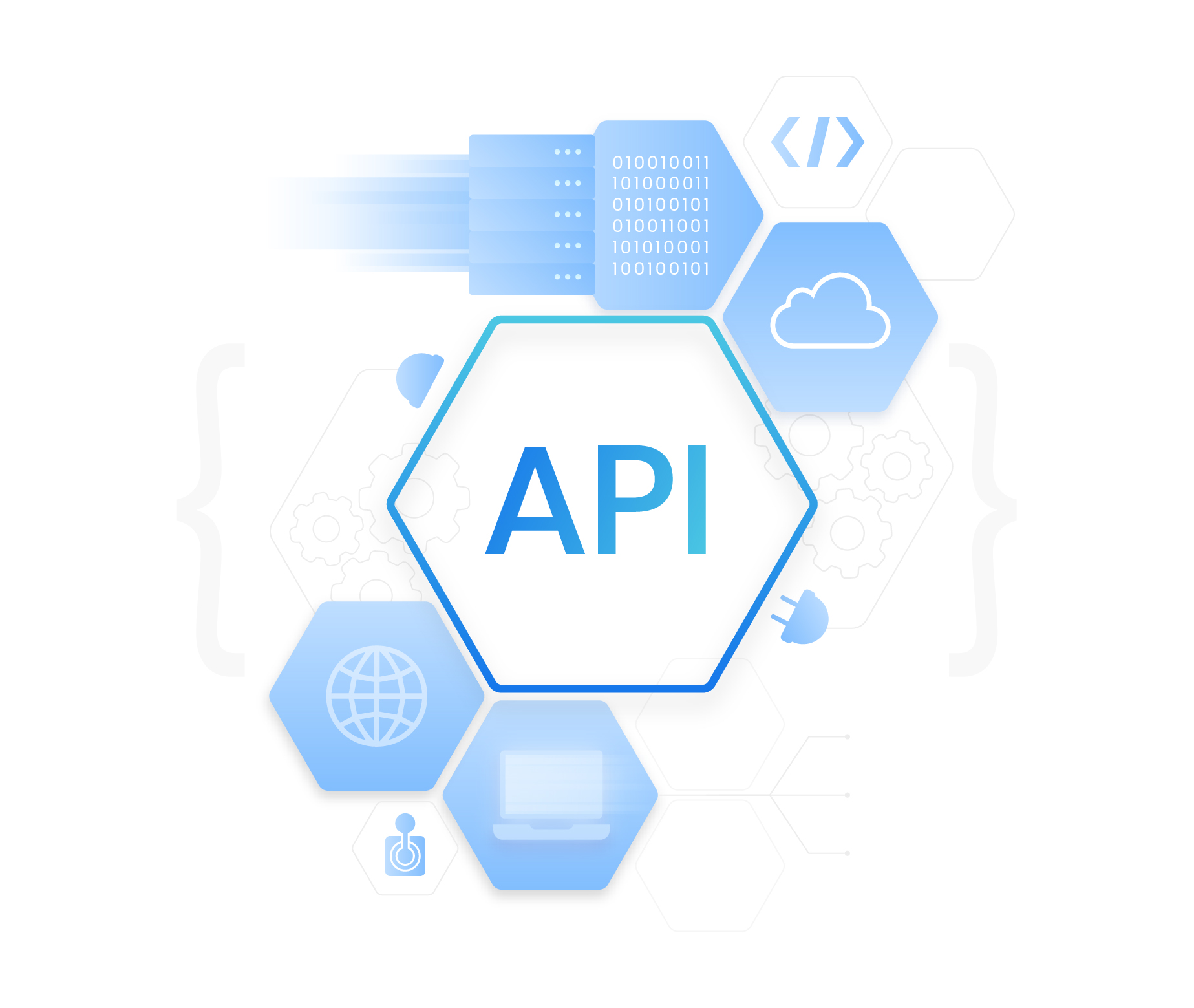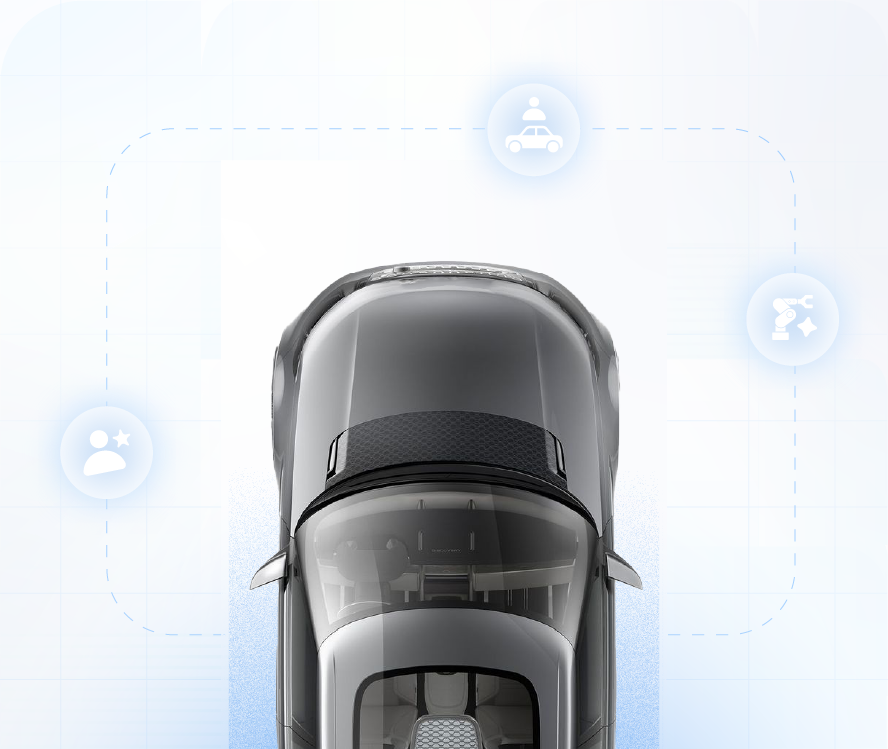Blog
Rethinking auto retail: Why omnichannel dealerships are winning the long game
By Faraaz Ghauri, on July 18, 2025
Explore how omnichannel strategies are transforming the automotive retail industry by blending digital convenience with physical experiences to boost customer satisfaction, efficiency, and dealership profitability.

Executive summary
The automotive industry stands at a crossroads. As digital transformation accelerates and consumer expectations evolve, traditional dealership models are proving inadequate for modern retail demands. The data is clear: while 61% of car buyers now begin their research online (Source: Google/Kantar, 2023), the journey from screen to showroom is often riddled with friction. This article explores how omnichannel strategies are reshaping auto retail by blending physical and digital experiences, boosting operational efficiency, and future-proofing dealership success. Whether you are part of a large auto group or an OEM, this is your roadmap to staying relevant and profitable in a radically shifting landscape.
The limits of legacy: Why traditional auto retail is running out of road
Legacy dealership models, once lauded for their high-touch, in-person experiences, now face mounting inefficiencies in a digitally dominant world. Fixed overheads, such as real estate and staffing, tether traditional dealers to cost-heavy operations. Meanwhile, disconnected systems across sales, finance, and insurance lead to fragmented customer journeys and friction at every step.
This isn't just an inconvenience; it's a major deterrent. The most satisfied buyers are those who spend the least amount of time at the physical dealership, the time-consuming, in-person model is losing favor. Dealerships relying solely on physical presence are increasingly outpaced by those offering digital convenience without compromising personalization. In a world where consumers can compare, customize, and even complete purchases online, the purely brick-and-mortar approach is simply unsustainable.
Beyond the buzzword: What “omnichannel” really means in automotive retail
Too often, "omnichannel" is confused with "multichannel," but the distinction is critical. While multichannel retailing means offering services across various touchpoints—website, mobile, in-store—omnichannel retail ensures these touchpoints are deeply integrated. For automotive dealers, this means enabling a customer to start their journey online, pick up where they left off in-store, and receive consistent support and data-driven personalization throughout.
True omnichannel implementation relies on a cloud-native, API-first infrastructure. This architecture allows seamless communication between inventory systems, customer relationship management (CRM) tools, Dealer management systems (DMS), finance & insurance (F&I) modules, and delivery mechanisms. When these systems are unified, dealers can offer synchronized, high-converting experiences that meet customers wherever they are—in the showroom or on a smartphone.
Figure: The omnichannel stack connecting CRM, inventory, F&I, and delivery for a single customer journey
What’s driving the shift? Strategic inflection points
The push toward omnichannel retailing is driven by a confluence of consumer expectations and macroeconomic pressures. Today’s car buyers demand autonomy and transparency, wanting to self-direct their shopping journey. This creates a significant "preference-action gap" that smart dealerships can exploit. For example, a recent industry study highlighted that while 64% of consumers would prefer to use digital channels for their auto financing journey, only 18% actually do (Source: Automotive Finance CX Study). This gap doesn't signal a lack of interest; it signals that the available digital tools are not integrated, intuitive, or trustworthy enough.
Simultaneously, OEMs and dealerships face challenges from new entrants including electric vehicle (EV) startups and direct-to-consumer (DTC) brands. These competitors often lead with digital-first experiences, setting new benchmarks for convenience and speed. The COVID-19 pandemic further accelerated this transformation, making digital tools a necessity rather than a bonus. Omnichannel is no longer an option, it's a survival imperative.
The omnichannel blueprint: What leading dealerships are doing differently
Winning dealerships are not just adopting digital tools; they’re designing holistic journeys that put customers at the center. Features like appointment-to-test-drive flows, instant finance pre-approvals, and remote trade-in evaluations are becoming the norm. The demand for these features is overwhelming: according to Deloitte's 2023 Global Automotive Consumer Study, 75% of US consumers want the ability to handle F&I paperwork completely online, and 69% are interested in a virtual vehicle-buying experience.
Innovative dealerships also invest in omnichannel CRMs and digital retail portals that enable a seamless blend of online and offline engagement. Personalized financing options, targeted upsells, and AI-powered recommendations are used to tailor each experience. The result is that customers feel seen, understood, and valued regardless of how they choose to interact.
The strategic payoff: Metrics that matter
The shift to omnichannel is delivering measurable returns. Dealers see stronger conversion rates, faster deal closures, and lower inventory aging. These improvements stem from streamlined operations, fewer manual handoffs, and a better understanding of where customers drop off and why.
Operationally, omnichannel reduces errors and compliance risks by integrating finance and insurance workflows. It also enables smarter lead attribution, allowing marketing teams to double down on what works. On the human side, staff members are empowered to become informed consultants, supported by real-time data and customer insights. The entire dealership ecosystem becomes more agile, adaptive, and aligned.
The roadblocks no one talks about
While the benefits are substantial, the path to omnichannel success isn’t without hurdles. Legacy dealer management systems (DMS) and fragmented tech stacks often act as barriers to integration. This “integration debt” slows down implementation and hinders real-time data sharing.
People-related challenges are just as critical. Sales teams accustomed to traditional methods may resist new processes. Without change management and aligned incentives, digital transformation initiatives can be difficult. Additionally, the proliferation of digital touchpoints raises security and compliance concerns, especially around personal data.
To overcome these roadblocks, forward-thinking dealerships are embracing modular technology, phased rollouts, and comprehensive training programs. Agility, not perfection, becomes the competitive advantage.
What’s next: The auto retailer of 2030
The dealership of the future won’t look like today’s car lot. We can expect hybrid hubs that combine experiential showrooms with fully digital backends. Subscription-based and shared mobility models will become more prominent.
This is especially true as the EV transition accelerates. BloombergNEF projects that by 2030, electric vehicles will account for 44% of new passenger vehicle sales in the U.S. and Europe. These digitally native vehicles, often sold with a DTC mindset, will demand an equally modern retail experience. Technologies like generative AI, predictive analytics, and proactive vehicle servicing will take center stage—anticipating customer needs before they arise.
Strategic recommendations for forward-thinking dealerships
To stay ahead, dealerships must audit their current retail ecosystems. Where do friction points emerge? Where do customer journeys break down?
Prioritize high impact omnichannel touchpoints like online pre-qualification, service appointment booking, and digital trade-in evaluations. Choose long-term tech partners who understand auto retail nuances, not just software vendors. And invest in modular, scalable platforms that support continuous innovation without expensive rebuilding costs.
Omnichannel is not a one-time project, it’s an evolving strategy rooted in adaptability, customer-centricity, and technological fluency.
Conclusion: Omnichannel isn’t optional—it’s a survival strategy
Dealerships that are thriving today share one common trait: they meet customers exactly where they are—online, in-person, or a blend of both—without sacrificing experience or efficiency. Embracing omnichannel is not just a trend, but a long-term commitment to relevancy, profitability, and customer loyalty in an increasingly digital world.
Related blogs

Blog
Future-proofing financial operations: Why API integration is key to scaling vendor partnerships

Blog
The future of wholesale finance: Why mobile technology is transforming OEM-dealer relationships

Blog



